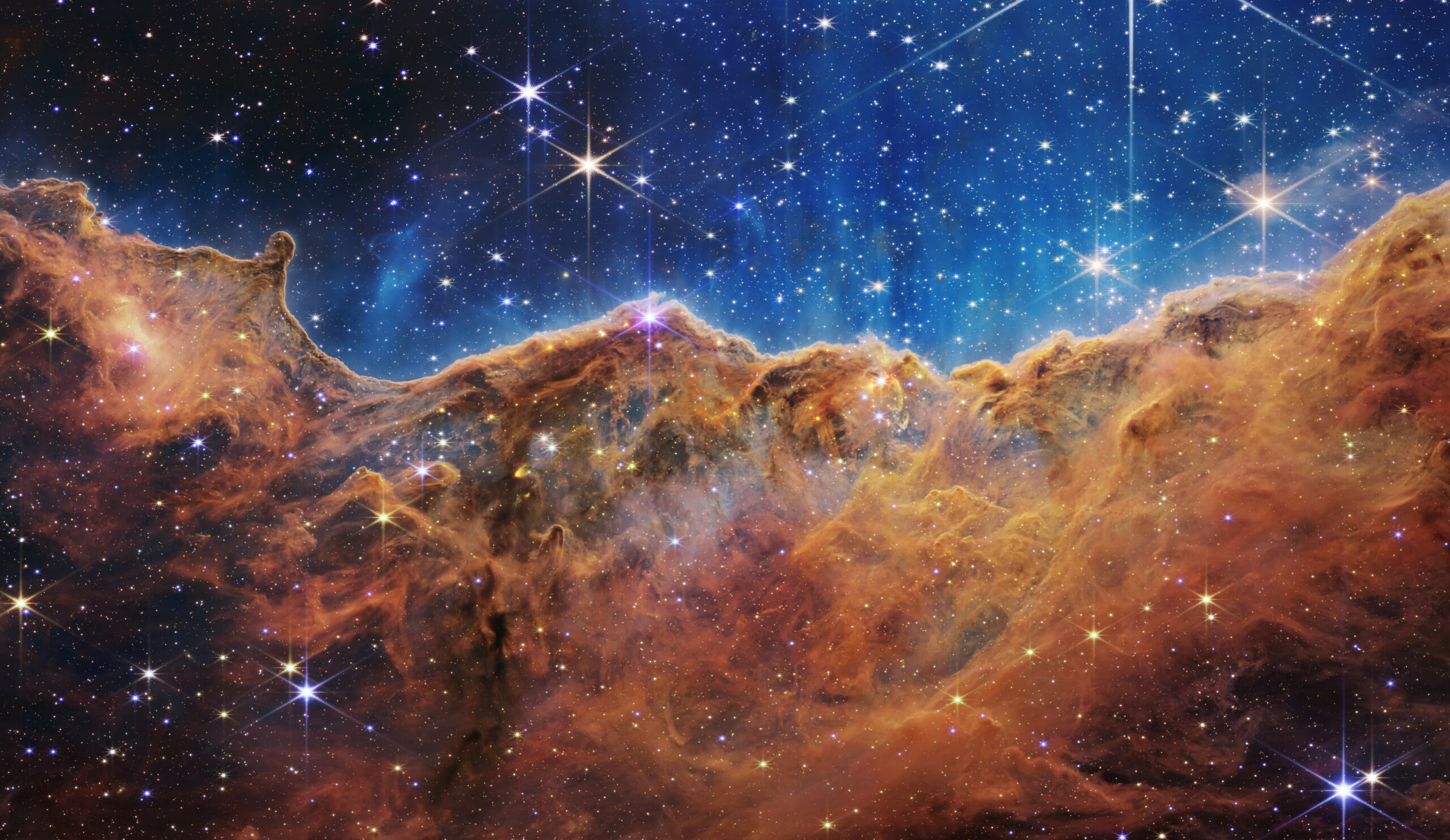What is so special about this telescope, and why is there so much anticipation around it? The images that have been released give us some idea of its capabilities.

Sadhna Shanker
The newspapers these days have beautiful colorful images, which look like lights in the sky. These spectacular images are coming from the James Webb Telescope. The 10-billion-dollar telescope, orbits the Sun in line with Earth at a point nearly 1.5 million kms away. It represents the latest giant leap in humanity’s quest to understand the universe.
A joint effort of NASA, the European Space Agency and the Canadian Space Agency the telescope set out on its journey on 25th December 2021. It is named after James E Webb who was administrator of NASA in the 1960s, and responsible for the first humans in space through the Apollo missions. Three Indian origin scientists – Ms. Hashima Hasan, Ms. Kalyani Sukhatme and Mr. Kartik Sheth have been part of its journey. The first images from the telescope were released by NASA last month.
A successor of the Hubble telescope, the James Webb is a marvel of engineering. The mirror of the telescope is 6.5 meters in diameter, bigger than any mirror previously launched into space. Along with a secondary mirror, both covered by a thin layer of gold to optimize functioning – the telescope has excited astronomers across the globe.
The telescope would be using infrared astronomy. In simple terms, it would be able to capture light in the infrared part of the spectrum – helping astronomers capture these rays traveling across billions of years in space.
What is so special about this telescope, and why is there so much anticipation around it? The images that have been released give us some idea of its capabilities.
The first images released have captured faint red-shifted light from ancient galaxies, some more than 13 billion years old. Scientists will be able to watch the first stars and galaxies, probing the mysterious processes that took the universe from its dark ages and thrust us into the era of light. Helping us understand how galaxies evolve and black holes emerge. It will be like a peep back in time.
The spectacular images also give us an idea about interacting galaxies with clarity. There is much going on in colliding galaxies, with new stars being born, the faint glow of dust between them to the blazing light as hydrogen falls into a black hole. The cosmic dance that interacting galaxies exhibit would lead to a better understanding of where our own Milky Way is headed.
The most interesting information that is likely to come is that of possible habitable planets. Apart from images, Webb also sent back analysis of Wasp-96b, about 1150 light years away. It shows the presence of water and clouds and haze. But it orbits its star too closely, and is not going to be able to support life in the near future.
The expectations from James Webb are enormous, and it is going to change the world of astronomy. The telescope is supposed to run for more than ten years, although like its predecessor the Hubble telescope it might run for much longer. Future astronomers would need to be adept at computer simulations, and even biology to unravel the information that will be received.
Telescopes answer many questions. Hubble revealed that the universe was much older than we thought, and brought information about dark matter and dark energy. James Web too will answer many others, but on its journey, it will also throw up many surprises and questions for humanity to dwell on. That is the magic of science. Hopefully, the young around the world will see the images and feel curious about the universe, and maybe get interested in space and science.
Sadhna Shanker is a writer based in New Delhi, India

























